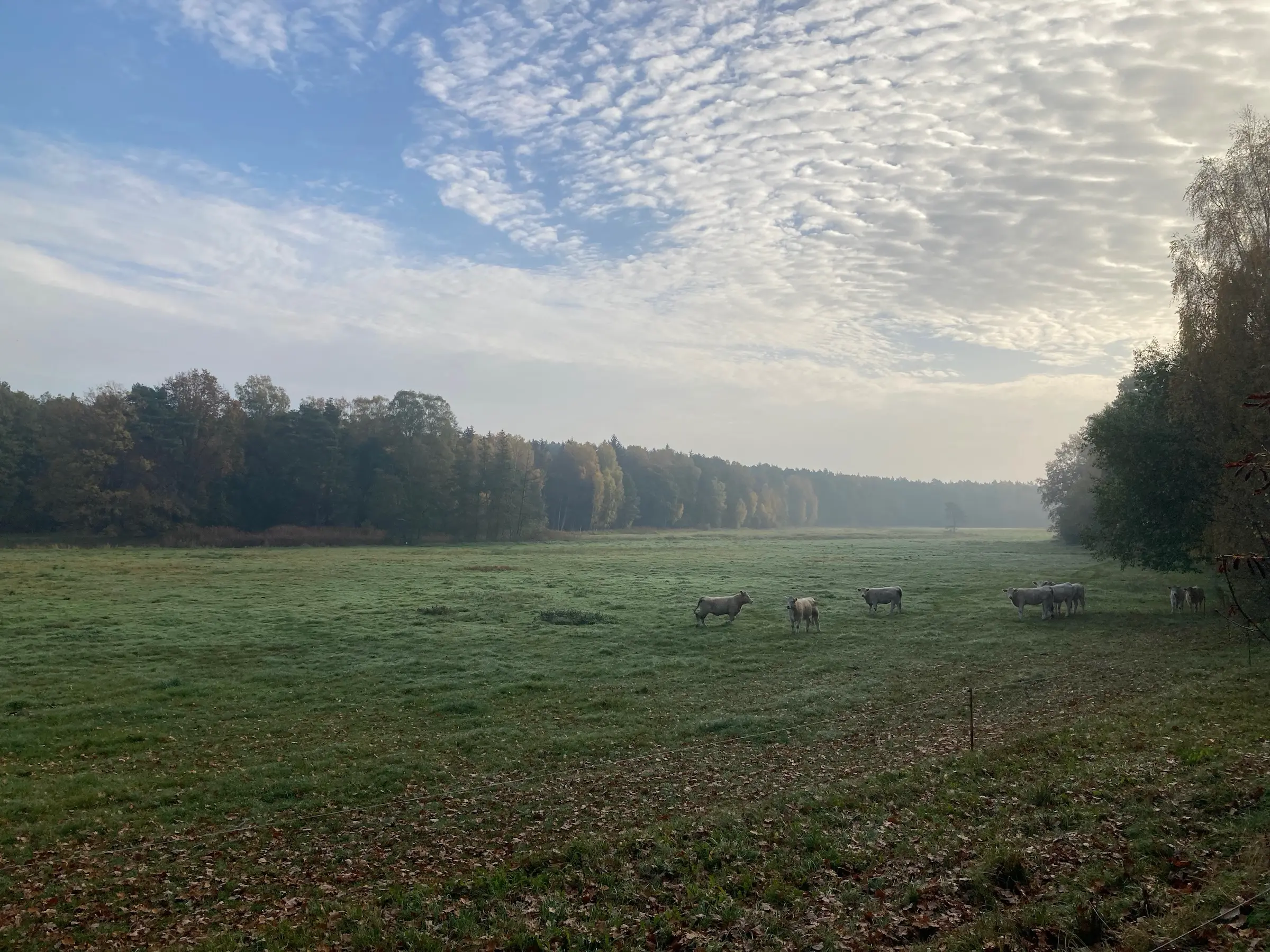In the months before and after Inpsyde’s rebrand to Syde in March 2024, I supported the marketing team as technical product owner to ensure a successful relaunch of the new website.
About the project
A challenging aspect of this relaunch was that it combined several goals. Not only was our organisation preparing for a once-in-a-company-lifetime rebrand, it aimed to do so while also refactoring the code and implementing a wholly new content structure for the agency’s service offerings, requiring new content in two languages (English and German).
Fewer than two months before the launch, I joined the marketing team and assumed the technical product owner role, providing the development team with swift feedback about features and bugs.
My responsibilities and impact in this project
Seeing the deadline draw nearer, I decided to bring content creation to the staging environment, enabling us to test the new functionality with real-world examples. Thanks to this decision, the content marketeers were able to quickly iterate on page content and we could quickly identify issues in the editor experience to be resolved by the developers.
I organized meetings with the developers and our DevOps engineer to inform all parties of the needs of the editorial team in preparing for the launch and making sure that the various disciplines were aligned on the steps needed for the relaunch.
In the days immediately after the relaunch, I triaged bug reports and delegated technical issues and ‘content issues’ to the relevant boards, staying in touch with the content support team and the developers to see that both types of were resolved.
What I learned from this project
- When contemplating a large content restructuring as part of a relaunch, give the content team enough time to iterate on the content itself with internal stakeholders and subject matter experts.
- Content needs to be brought to a web environment as soon as possible, to verify that the content works with the layout. A controlled editorial workflow is necessary to establish a clear path from the collaborative editing and proofreading in Google Docs to the finalization in a CMS like WordPress
- A comprehensive design system allows the team to establish criteria and workflows for content-level QA prior to the launch. This way, verifying content quality can be verified by anyone who has access to the staging environment and the design system documentation. This frees up the time of the content editors, to be used for missing content and the social media communication ahead of the launch.
- With a comprehensive design system in place, it is also easier to resolve bugs or other technical design issues that come up during the final editing phase.

